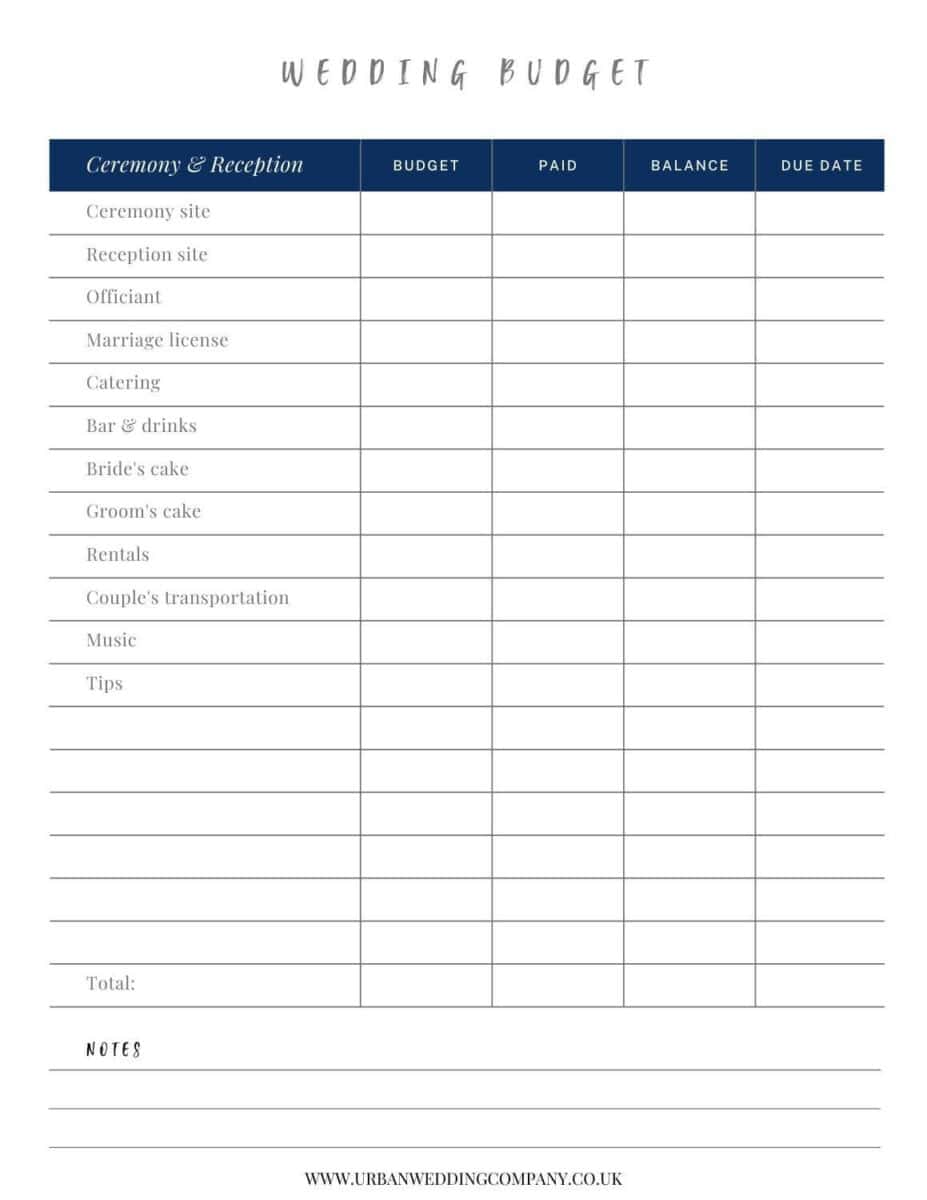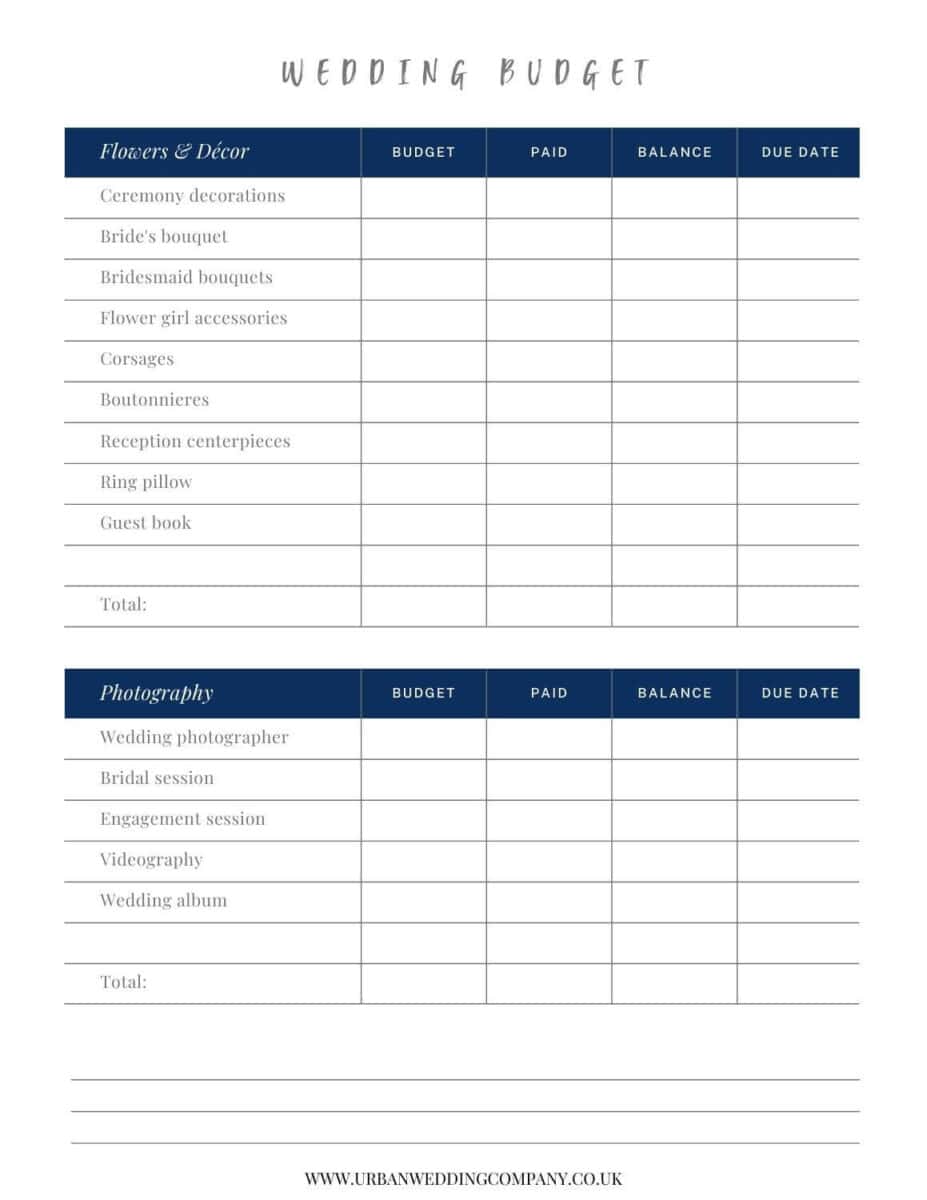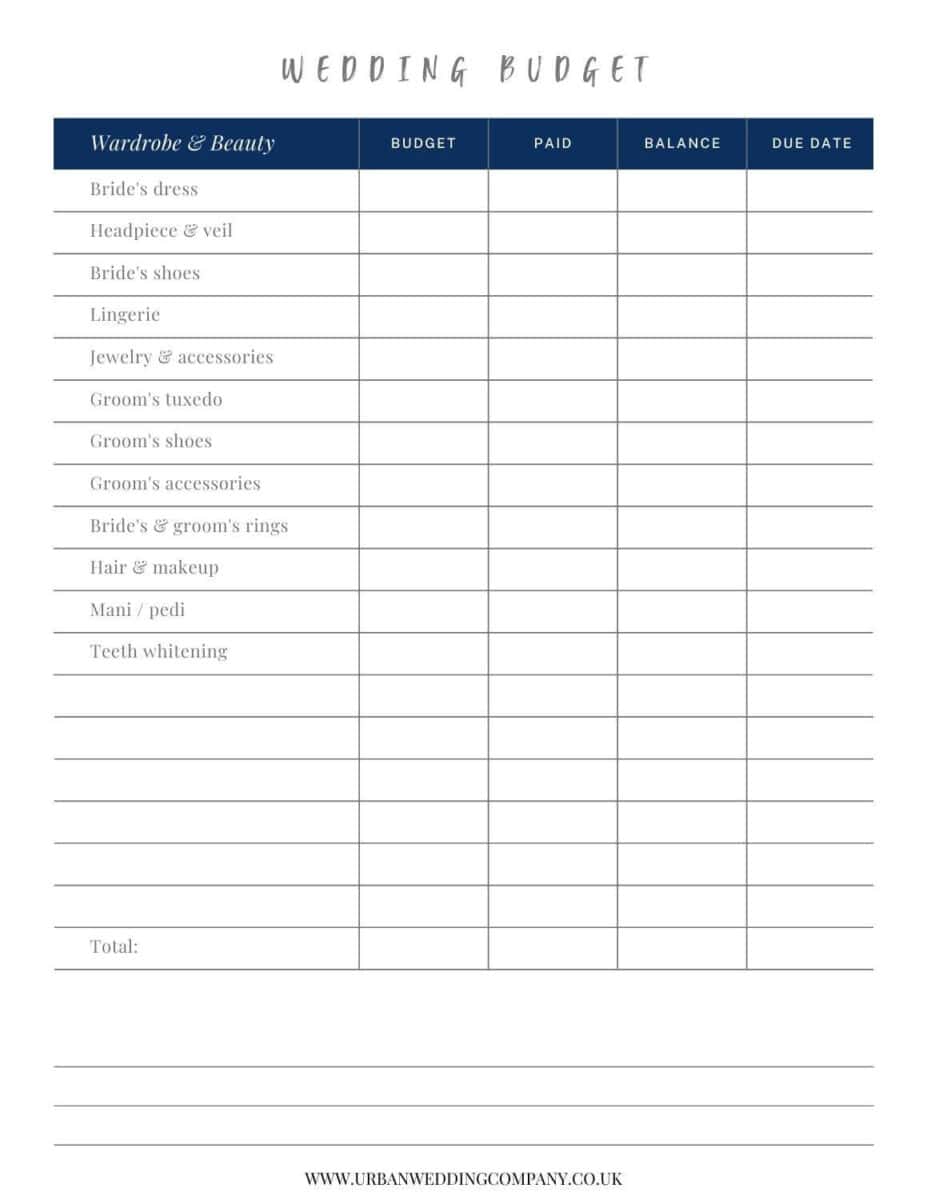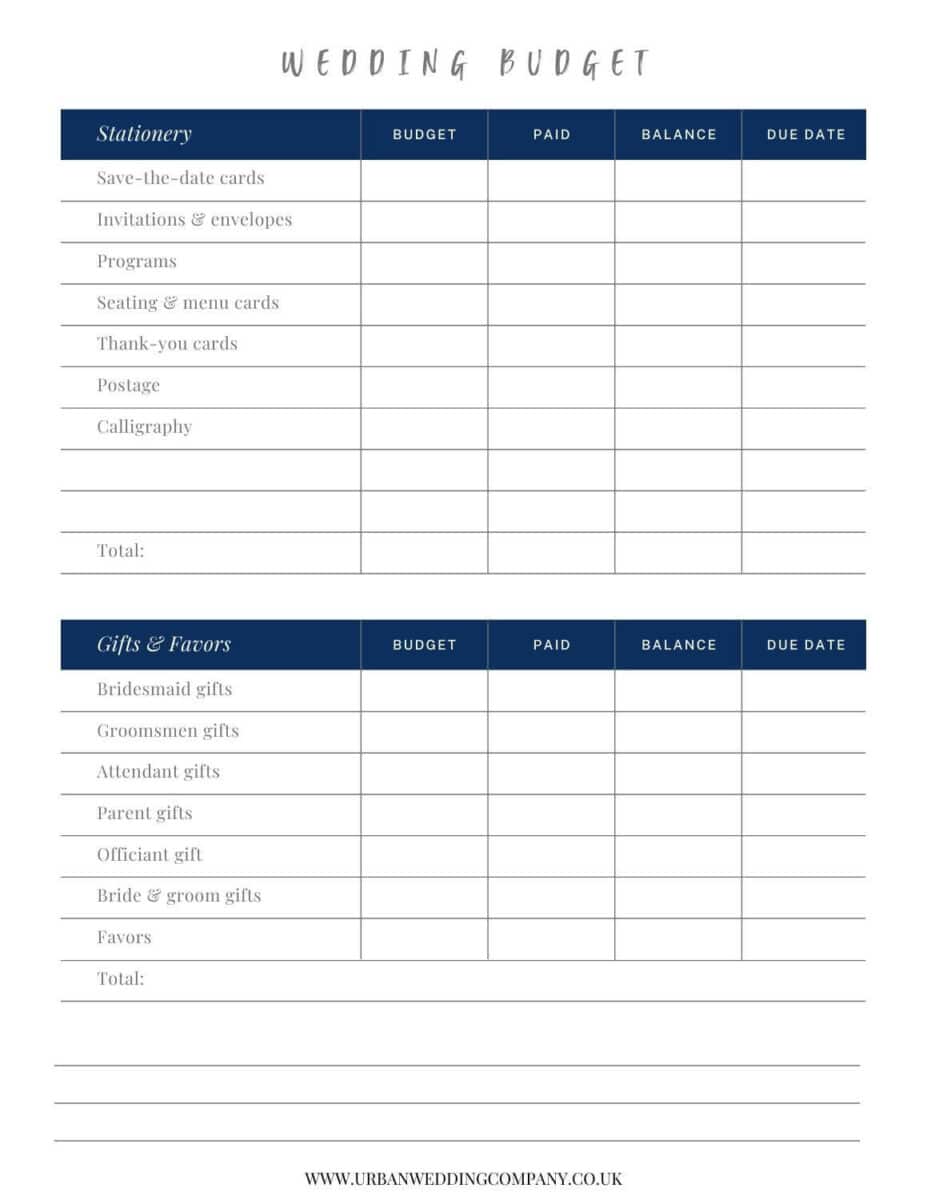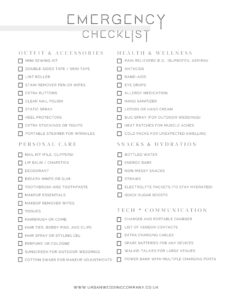Written by:
Last Updated:
Maybe it’s a British thing, but I would say 80% of my couples would say:
“Oh we don’t have a budget, we are not sure, we will see how much things cost!”
You need a budget! I don’t care if that budget is a few thousand or hundreds of thousands. You can not plan a wedding, or any event without a budget!
But I get it, it can be hard to find the price of things for you to have a realistic budget. Head to our true wedding cost blog post, which we update yearly.
It’s essential to approach your wedding budget with a balance of practicality and optimism.
This guide aims to help you create a budget that reflects your priorities and maintains financial health.

Step 1: Establishing Your Financial Limits
Understanding Your Financial Capacity
- Reality Check: Assess your current savings and realistic saving potential up to the wedding date. Be honest about what you can afford without incurring unnecessary debt. Work out what you can realistically put away each month, and don’t overstretch as wedding planning is stressful enough without adding financial stress.
- Family Contributions: If family members are contributing, clarify the amounts early and discuss if there are any expectations attached to these contributions. Speak to family and friends who might also contribute with certain skills or services. Know a baker willing to bake your wedding cake? Perfect take the cost of the cake from your budget.
- Considering Loans: If contemplating a loan, shop around for the best interest rates and understand the long-term implications. Some say don’t get into debt for a wedding. My opinion is a little different, if you are saving X amount each month then a loan that means you pay less than that each month for a year after is just the same as saving before. Of course, don’t get into debt you can’t afford to pay, that is totally different.
Step 2: Setting Aside a Contingency Fund
Calculating Your Safety Net
The standard Recommendation is generally to set aside 10/15% of your total budget for unforeseen expenses.
I always tell my couples that say but with my venue everything is included, okay wait till your final meeting! The basics are usually included but you will always be upsold, it’s their job!
Also, things come up, and plans change. You need to be flexible and having that extra safety net helps you to adapt and have the wedding you want without added money worries.
If you’re more cautious or optimistic, adjust this percentage to suit your comfort level – 10% for the confident and up to 15% for the more cautious. The more research you do before your budget the clearer your predictions will be.
Click to grab your free wedding budget tracker now
Step 3: Dividing Your Budget
The 50% Rule for Venue and Catering
- Venue and Catering Costs: Allocate about half of your budget (after the contingency fund) to the venue and catering. This includes venue hire, meals, and drinks.
- Adjusting for Venue Specifics: Remember, some venues may include extras that could affect your budget allocation. You may get decor included or a DJ. Make sure you have a clear list of all items that are included, what is extra and what you must book through the venue. Sometimes you have to book recommended suppliers through the venue.
- Dry Hire Venues: If you are going for an alternative wedding venue then your venue cost may be lower but you may have to hire furniture and other items. This all needs to be considered and included here. Some caterers supply or allow you to hire furniture, crockery and glassware through them. Make sure you research the best options not just for cost but logistics and ease on the day.
Step 4: Determining the Per Head Cost
Working Out Guest Costs
- Guest List Assessment: Finalize your guest list early to understand your per head cost. As we mention in our wedding planning checklist, your estimated guest list should be one of the first things you decide.
- Venue Cost Per Head: Divide your allocated venue/catering budget by your guest count. This gives you a clear figure to work with when negotiating with venues.
- Cutting Guestlist: Cutting your guestlist is the easiest way to save money. Knowing the price per guest is a good way to decide if you really want to pay that for someone you never see!

Step 5: Prioritizing Other Expenses
Allocating the Remaining Budget
- List Your Priorities: Decide what aspects of your wedding (e.g., photography, attire, music) are most important to you.
- Distributing Funds: Divide the remaining budget across these priorities, keeping in mind your personal values and what will make your day most memorable. There is lots of budget advice out there regarding what percentage of each item you should spend. None of this takes into account your values, spend the money on things you love and want. Don’t cut back on things you love to pay for things you think you should have, this will lead to regret.
Step 6: Realistic Allocation to Vendors
Getting Detailed with Expenses
- Research and Quotes: Before setting budgets for each element, obtain quotes from various suppliers, especially for high-priority items. Set up a new email account to keep organised and get quotes from all your top suppliers. This is probably the most time consuming part. If you hate all this stuff consider a wedding planner.
- Hidden Costs: Incorporate hidden costs like VAT, service fees, and delivery into your calculations from the start. Ask about these things and make sure your quotes are the full amount all in owed.
Click to grab your free wedding budget tracker now
Step 7: Maintaining Budget Discipline
Keeping Track
- Tracking Expenses: Use tools like Google Sheets to monitor expenses, deposits, and balances due. A great budget tracker can turn this into a breeze. Knowing where you are financially really helps ease stress and overwhelm.
- Addressing Financial Shifts: If savings fall short or expenses rise, reassess your budget immediately. Prioritize essential vendors and stagger bookings to ensure affordability.
Staying Flexible
- Adapting to Changes: If certain costs exceed your initial estimates, be ready to reallocate funds or find creative alternatives. Go back to your priorities, is it worth spending the extra and can you take it from somewhere else? Or can we find a cheaper alternative as it isn’t that important to us?
- Embracing Changes: If necessary, reassess your priorities and make adjustments to stay within your overall budget. Things will change, stuff will pop up and all you can do is be prepared to pivot and adapt.
Wedding Budget Guide
Your wedding is a unique expression of your love story, and your budget should be a tool that helps bring this to life, not a source of stress.
By following these steps, you’ll be better equipped to plan a wedding that fits both your dreams and your financial reality.
More blogs you will love!
- Wedding Budget Mistakes That Cost Couples Thousands (And How to Avoid Them!)
- Alternative Guest Book Ideas for a Unique Wedding
- 48 Hidden Wedding Costs You’ve Probably Forgotten to Budget For
- The Ultimate Wedding Day Emergency Kit Checklist: Be Prepared for Anything
- Stress-Free Wedding Morning: What to Pack for the Bridal Suite
- 11 Blended Family Unity Wedding Ceremony Ideas

